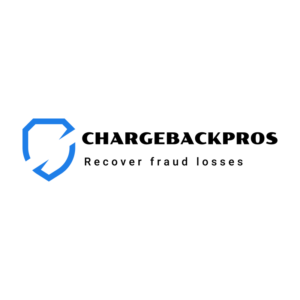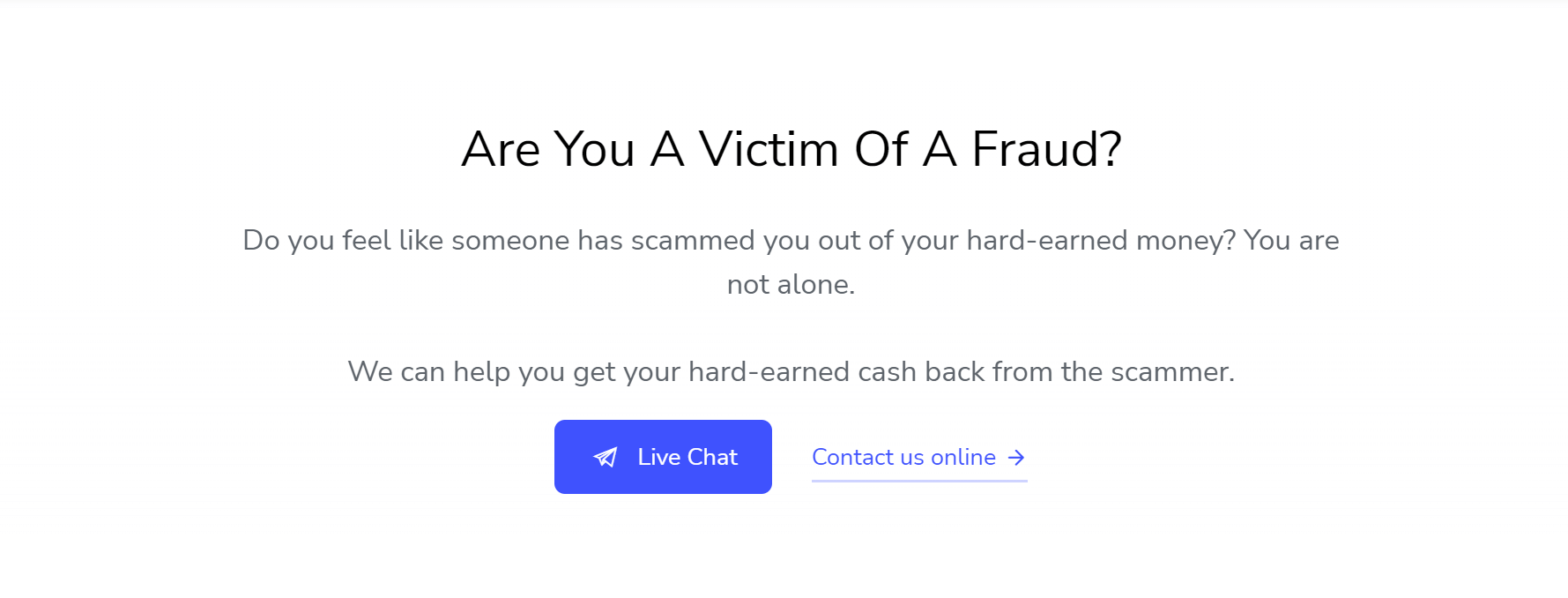The catalogue of cyberthreats that businesses need to worry about keeps getting longer and longer. Between the existential threat of attacks like ransomware and the everyday onslaught of phishing and payment fraud, it’s a battle on multiple fronts that shows no sign of stopping.
This isn’t just a problem for e-commerce merchants—even hospitals get targeted by organized cybercriminals. To defend their revenue, their data, and their reputation from these attacks, businesses need to come up with effective tactics to keep the hackers and fraudsters at bay. What can businesses do to protect themselves from cyberattacks?
Recent waves of high-profile ransomware incidents may have created awareness about the danger of cyberattacks and motivated companies to improve their security, but this has not slowed the pace of attacks at all. According to one study, phishing attacks—a common form of attack that can often serve as a precursor to a more severe data breach—more than tripled between 2021 and 2021. Meanwhile, new threats are developing alongside the familiar ones, but despite the known dangers, only half of small businesses have implemented an actual cybersecurity plan.
E-commerce merchants, B2B sellers, and other businesses can protect themselves by following tested and proven strategies for preventing cyberattacks, and by availing themselves of the right technological solutions for their specific vulnerabilities.
What Types of Cyberattacks are Businesses Facing?
Businesses face cyberattacks that range from small, low-effort phishing emails to sophisticated data breaches that require intricate advance planning.
Businesses face cyberattacks that range from small, low-effort phishing emails to sophisticated data breaches that require intricate advance planning.
Not every business will be subject to every type of attack, but every business should be aware of the variety of threats they could potentially encounter.
Many analysts believe that in the years ahead, smaller businesses will be more likely to be targeted by the “personalized” breaches and ransomware attacks that usually focus on high-value victims at present. You never know what kind of attacks your business might face, so it’s good to be able to recognize the different varieties.
- Payment Fraud typically involves credit cards, but other payment platforms get targeted as well. When businesses inadvertently process fraudulent payments, they become liable for disputes and chargebacks. Newer payment trends, such as Buy Now Pay Later, are experiencing growing fraud rates.
- Chargeback Fraud, also known as first-party misuse or friendly fraud, is when customers file false dispute claims against businesses.
- Phishing is the term for the email and text solicitations that try to entice their targets to click on malicious links or submit personal information. Phishing attacks often impersonate communications from legitimate companies, or even individuals within the targeted organization itself.
- Account Takeover refers to attacks in which a cybercriminal accesses the victim’s user account by cracking their password or impersonating them. In an e-commerce context, account takeover can lead to the theft and misuse of stored funds or payment credentials. When internal systems are hacked, the goal may be to steal data or plant spyware.
- Distributed Denial-of-Service (DDoS) attacks are used to take web sites and networks offline by flooding them with traffic. Bots are often used to carry out DDoS attacks.
- Malware describes software programs or code that are surreptitiously loaded onto a victim’s devices in order to execute a cyberattack. There are several subcategories of malware:
- Ransomware shuts down the victim’s device or ransom until the cybercriminal’s demands are met.
- Bots are used to remotely execute commands from the victim’s device without their knowledge.
- Spyware monitors and records the private data and personal information that passes through the targeted network.
- Formjacking, also known as skimming or cross-site scripting, steals data from users who interact with web pages that have been injected with malicious code. This can create the perception that the website itself is responsible for the attack, greatly damaging the site owner’s reputation.
How Can Businesses Protect Themselves from Cyberattacks?
The sheer number of potential cyberattacks to watch out for can feel overwhelming, but many attacks can be prevented if the right training and procedures are implemented. Some high-tech forms of attack may require equally high-tech defenses.
The sheer number of potential cyberattacks to watch out for can feel overwhelming, but many attacks can be prevented if the right training and procedures are implemented. Some high-tech forms of attack may require equally high-tech defenses.
Here are some of the best methods of self-defense against cyberattacks:
- Payment Card Industry Data Security Standard (PCI DSS) compliance is a must for any business that handles credit or debit card information. Adhering to PCI DSS ensures that you are following the best practices for safeguarding consumer data, and failure to comply means you can be held liable for costly penalty fees if you are ever involved in a data breach.
- Multi-Factor Authentication protocols require users to prove their identities by providing proof beyond just knowledge of a password, such as a biometric scan or possession of a device registered to the account. 3-D Secure is a widely-used multi-factor authentication service for payment cards.
- Tokenization is a method of protecting data during transit by encrypting it. The business only receives the tokenized form of the customer’s sensitive data, which is useless to fraudsters who might intercept it. Digital wallets use tokenization to protect the data that gets sent wirelessly to the payment terminal.
- Internal Security is a must, as a regrettable number of data breaches are facilitated by insiders. Strong passwords should be required throughout your organization, access to data should be strictly limited to those who need it for business purposes, and all staff should be trained to follow a rigorous cybersecurity policy.
- Firewall software can detect and prevent DDoS attacks and other forms of malicious network traffic.
- Anti-Fraud Tools have become incredibly sophisticated in recent years, using artificial intelligence and machine learning to detect fraud from even the subtlest of behavioral indicators. For businesses who deal in a high volume of online sales, powerful anti-fraud tools may be the only scalable and effective way to block transactions from stolen cards.
Conclusion
Cyberattacks can do a lot of harm to a business, and most types can only be prevented beforehand—once they’ve been executed, the damage is already done. The notable exception to this rule is chargeback fraud.
When you lose revenue to a dispute that’s based on false or erroneous premises, you have the right to fight back and recover your funds.
For e-commerce merchants and other online sellers, fraud, cyberattacks, and chargebacks are inextricably linked. A truly effective and comprehensive cybersecurity strategy must take all of them into account.











